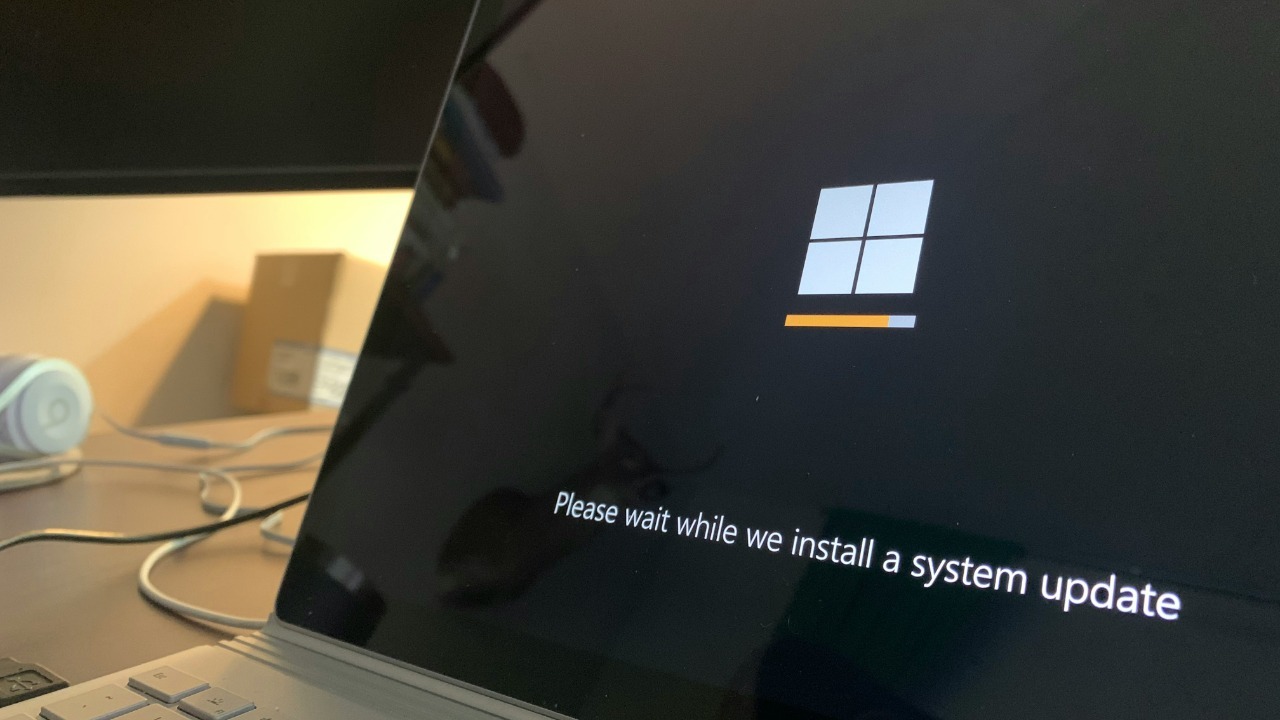
In a costly and time-consuming endeavor, a UK government department has recently completed a massive upgrade of its systems to Windows 10. The project, which cost hundreds of millions, was completed just as the operating system reached its official end of life. This unfortunate timing highlights the challenges faced by public sector organizations in keeping pace with rapid technological changes.
The Scale of the Upgrade Project
The department’s initiative to upgrade to Windows 10 was a massive undertaking, affecting a significant number of systems. The decision to choose Windows 10 as the target operating system was based on the department’s assessment of its needs and the capabilities of the OS at the time of planning. The total expenditure for the project, specifically allocated for the migration to Windows 10, ran into hundreds of millions.
When the project began, there were expectations that Windows 10 would have a long lifespan, based on Microsoft’s standard support timelines. However, the rapid pace of technological advancements and the subsequent release of newer operating systems have since rendered Windows 10 obsolete.
Timeline of the Migration Effort
The migration to Windows 10 was not an overnight process. It was a project that spanned several years, with the department finally completing the upgrade in late 2025. The bulk of the work involved moving the department’s systems to Windows 10, a task that was only just finished.
The completion of the upgrade coincided with the end of Windows 10’s lifecycle, which officially ended in October 2025. This unfortunate timing has left the department with immediate decisions to make regarding support and security for its newly upgraded systems.
Financial Breakdown and Budget Pressures
The financial implications of the upgrade project were significant. The hundreds of millions spent by the UK government department were allocated to hardware, software licenses, and implementation costs for the shift to Windows 10. These ongoing costs put considerable strain on the department’s budget during the rollout.
While the project may have led to some efficiencies in the department’s operations, the scale of the migration also resulted in cost overruns. These financial pressures underscore the challenges faced by public sector organizations in managing large-scale IT projects.
Implications of Windows 10’s End of Life
The official end of life for Windows 10 on October 14, 2025, marked the cessation of free security updates from Microsoft. This presents immediate risks to the department’s systems, which are now running an outdated operating system.
Without ongoing security updates, the department’s systems are potentially vulnerable to cyber threats. This situation may necessitate the need for extended support contracts, which would entail additional costs for the department.
Challenges in Public Sector IT Modernization
The late completion of the department’s upgrade to Windows 10 is indicative of the common delays experienced in government IT projects. The shift to an outdated OS highlights the procurement and planning hurdles faced by the UK public sector in keeping up with technological advancements.
This situation is not unique to this department. The UK government has spent millions on similar Windows 10 transitions across various departments, reflecting the broader challenges in public sector IT modernization.
Future Strategies and Alternatives
Looking ahead, the department has several options. It could consider migrating to Windows 11 or adopting alternative operating system solutions. However, each of these options comes with its own set of challenges and costs.
The department could also opt to maintain Windows 10 through paid extended security updates. While this would ensure continued support for the system, it would also entail additional costs. The lessons learned from this project will be crucial in guiding future IT initiatives in the UK government, particularly in avoiding similar end-of-life timing issues.
More from MorningOverview